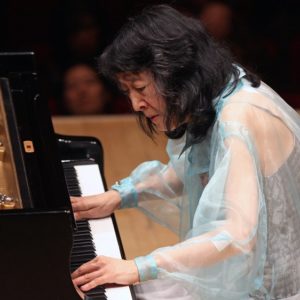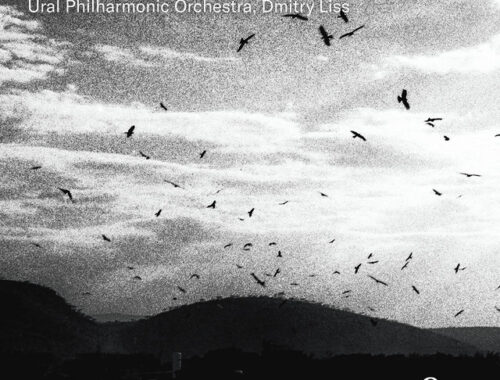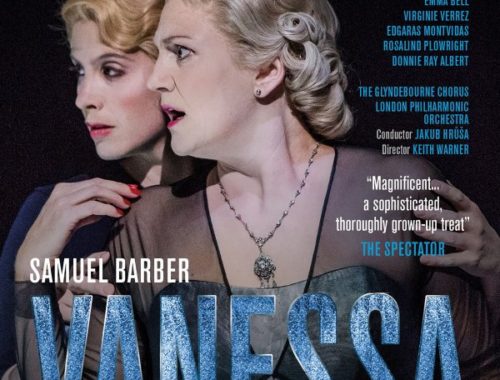GRAMOPHONE: From Where I Sit – February 2019
 With last month’s focus on a new generation of pianists in mind I am prompted to think again about something that is not often discussed with regard to international concertising: namely, not just what these exceptional young musicians explore in the way of repertoire but where they explore it. The early years of forging a career puts young musicians at the mercy of venues good, bad and indifferent the world over. And that’s to say nothing of the instruments they might encounter. But to some extent – and this is true of all musicians, solo and collective – they will learn over time how to carry their ideal venue with them wherever they perform. Meaning that the creation of atmosphere in a performance ultimately has less to do with the venue and the acoustic per se than with how a performer transcends time, place and location and draws an audience into their confidence.
With last month’s focus on a new generation of pianists in mind I am prompted to think again about something that is not often discussed with regard to international concertising: namely, not just what these exceptional young musicians explore in the way of repertoire but where they explore it. The early years of forging a career puts young musicians at the mercy of venues good, bad and indifferent the world over. And that’s to say nothing of the instruments they might encounter. But to some extent – and this is true of all musicians, solo and collective – they will learn over time how to carry their ideal venue with them wherever they perform. Meaning that the creation of atmosphere in a performance ultimately has less to do with the venue and the acoustic per se than with how a performer transcends time, place and location and draws an audience into their confidence.
Audiences don’t know how important they are – and how an audience listens, how they ‘participate’ in the performance through the keenness and intensity of their listening, is largely dependent upon how successfully the musician or musicians of the day command their attention and ‘invite them in’.
During last year’s International Piano Series at London’s South Bank I experienced in two very different recitals the dichotomy that can result when the capacious (and let’s face it, somewhat sterile) Royal Festival Hall plays host to a pair of exceptional talents for whom, in the event, the magic did and didn’t descend. From my boyhood I always remember Sviatoslav Richter (in his rare solo recitals) insisting upon a rug and an old fashioned standard lamp in an attempt to lend some sense of living room intimacy to the gaping openness of that Festival Hall platform. Nothing so fanciful for our two soloists (the first of which shall remain nameless for obvious reasons) but when Mitsuko Uchida arrived to play Schubert, looking for all the world like some exotic bird of paradise, her bearing, her body, her face already bore the promise of the transcendental.
Uchida creates her own acoustic in and around the piano and (young players take note) there is something so confidential about the atmosphere she engenders that even the most uninviting space becomes the place you want to be. In the Intermezzo of Schubert’s A minor Sonata D 537 the gaucheness, charm and halting lightness of her touch was the gentlest invitation to the dance. The chill was lifted from a room too large for such intimacies and our ears pulled focus on every shifting subtlety.
As Alfred Brendel once said, Schubert is a sleepwalker and from modulation to modulation we traverse his dreamscapes. In the great final Sonata D 960 in B flat the wonder of Uchida lay in the breathtaking inwardness of the music’s dreaming, something which (don’t ask me how) we felt entirely complicit in. Songful serenity in the opening bars was offset by the ‘distant thunder’ of the rumbling bass tremolos and in the great Andante sostenuto the crossing left hand quite literally seemed to pluck those fragile single notes out of thin air. Where we were listening became an irrelevancy, how we were listening was everything.
You May Also Like

GRAMOPHONE Review: Shostakovich Symphony No. 10 – Ural Philharmonic Orchestra/Liss & New Philharmonia Orchestra/Sanderling
24/03/2023
GRAMOPHONE Review: Barber Vanessa (BluRay/DVD) – Glyndebourne Festival Opera, London Philharmonic Orchestra/Hrůša
14/08/2019

